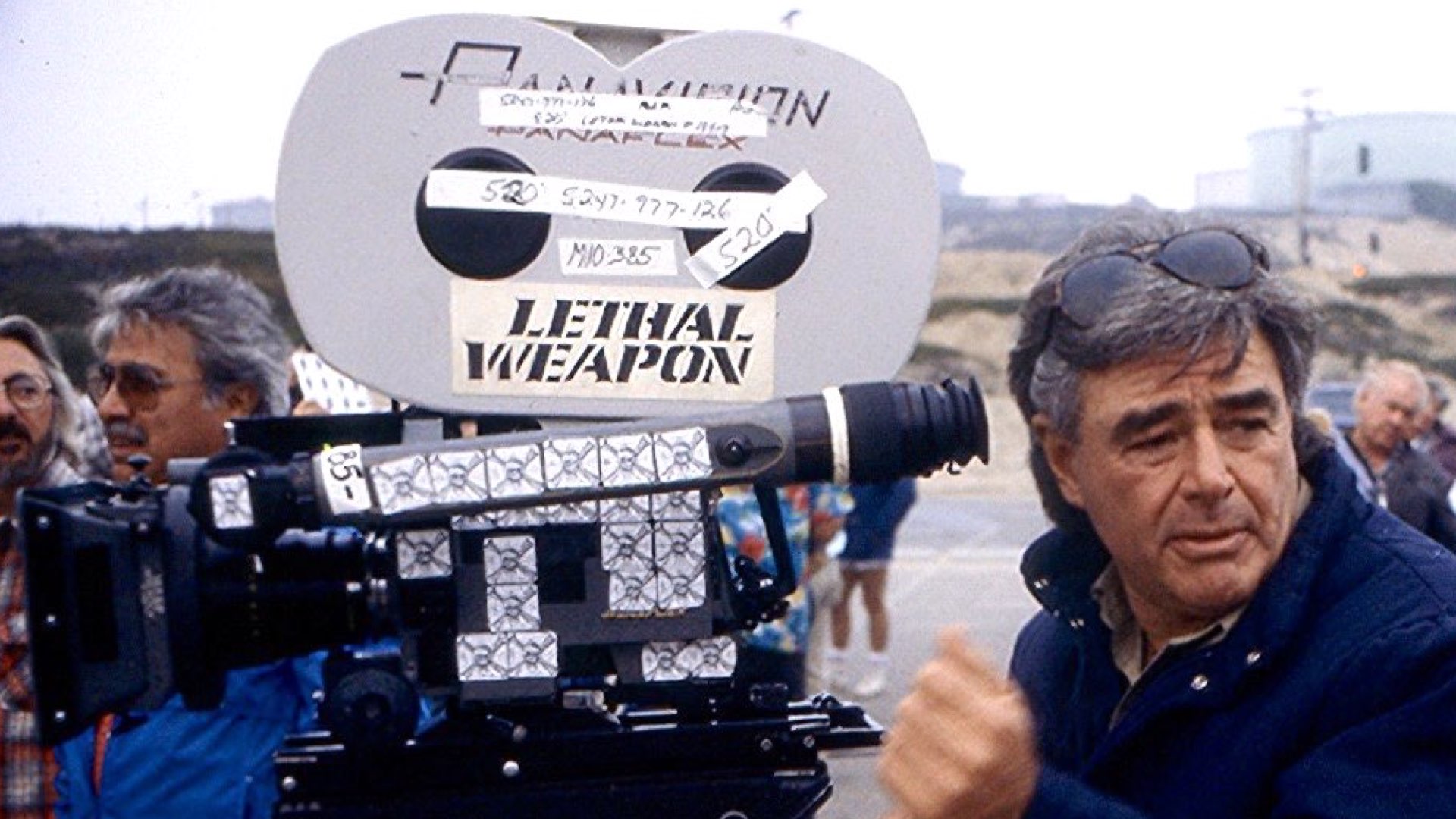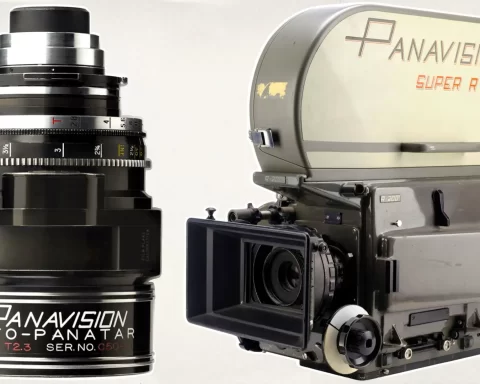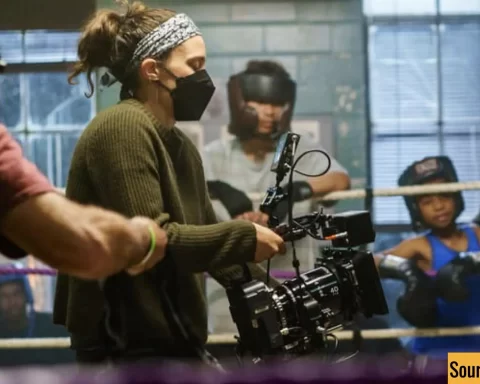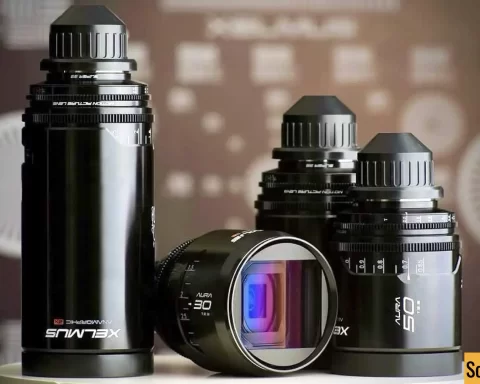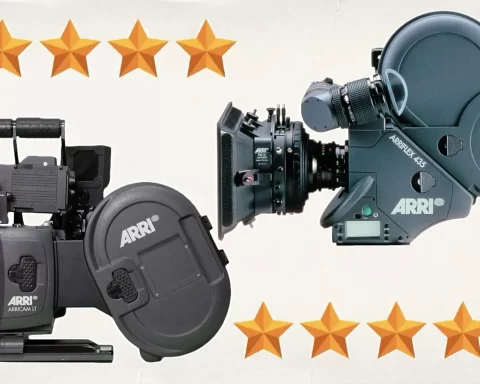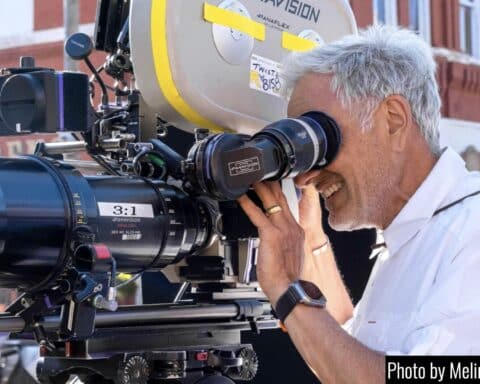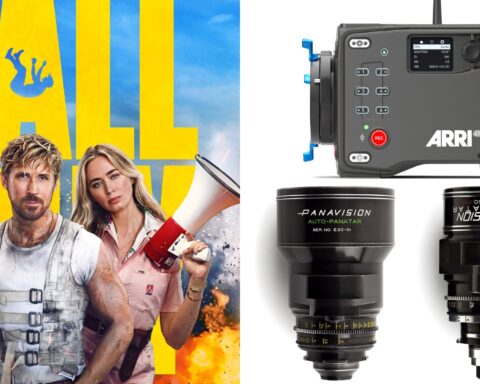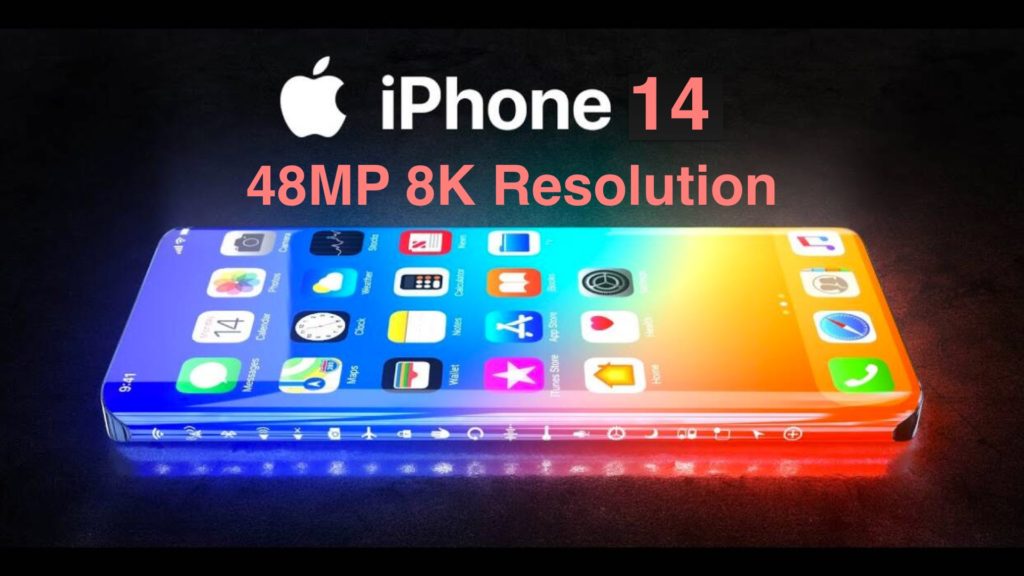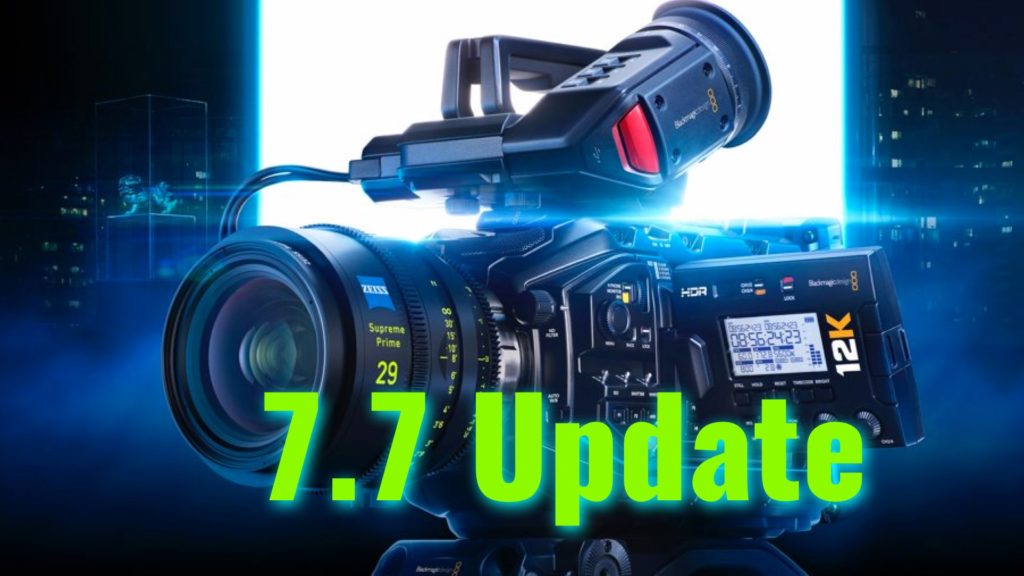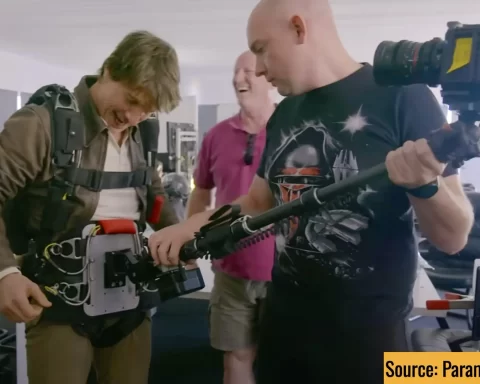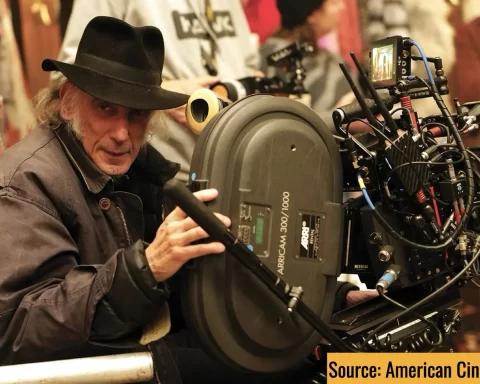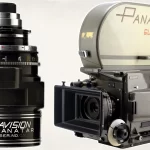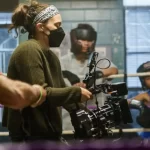We have so much to learn from the excellent cinematography that helped to create the action thrillers made in the 1980s and 1990s. Without green screens, using heavy film cameras that still produce the most beautiful images, and cinematographers that think out of the box. The first Lethal Weapon movie (1987) is no different. Shot on the Panavision Panaflex Gold, paired with Panavision Super Speed Z-Series MKII, packed with real deal action scenes, the movie is a legend. Seeing that movie in the era of 8K ultra sophisticated sensors, make you appreciate old-school cinema. Read our tribute to this action masterpiece.
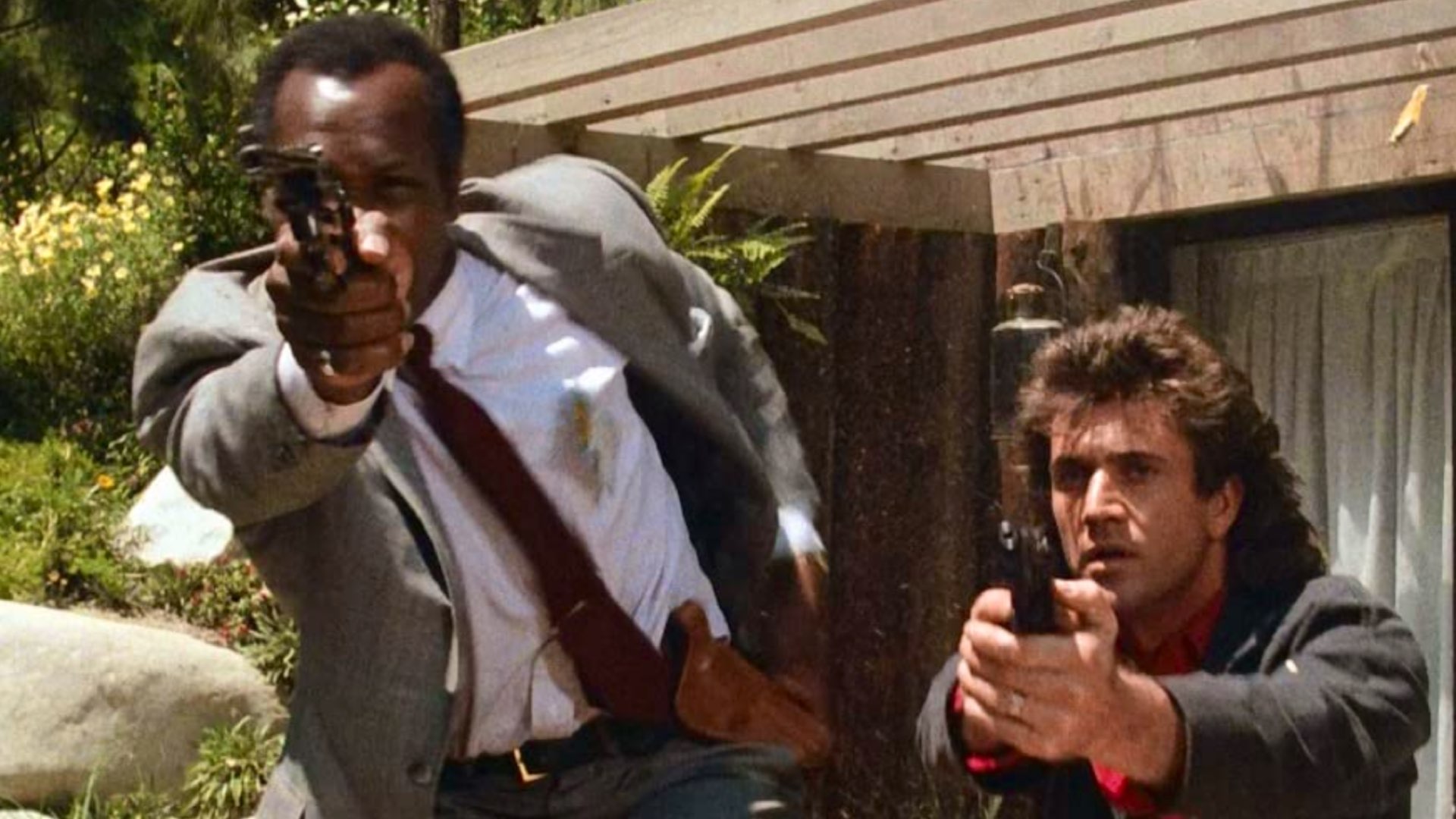
Lethal Weapon (1987)
The first film in the series Lethal Weapon is widely considered to be one of the best buddy cop films of all time, influencing numerous “buddy cop” films such as Hot Fuzz, Tango & Cash, Bad Boys, and the Rush Hour series. There’s no doubt that Lethal Weapon helped redefine action movies for the 1980s and 1990s.
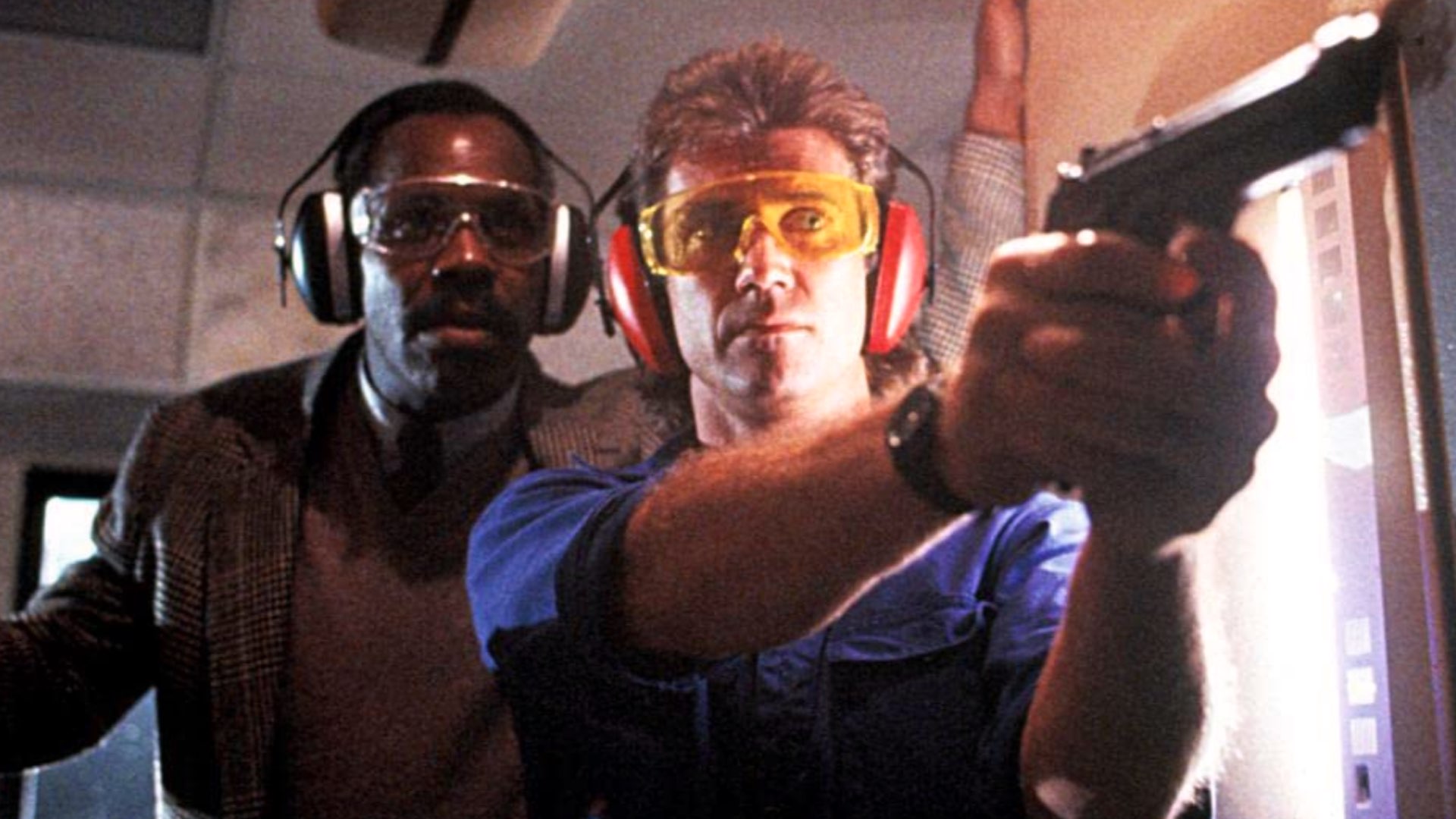
The movie which was directed by Richard Donner, produced by Joel Silver, and written by Shane Black, tells the story of Riggs and Murtaugh, two tough L.A. cops that have been assigned to work together against their will. Riggs (Mel Gibson) has recently lost his wife. He’s a man with a death wish. Murtaugh (Danny Glover) is a devoted family man with a solid reputation. As they investigate a suicide that turns out to be murder, they realize that they are dealing with highly trained ex-special forces mercenaries. The film was released on March 6, 1987. Although the production budget was $15 million, upon its release Lethal Weapon grossed over $120 million and was nominated for the Academy Award for Best Sound. It gave rise to a franchise that includes three sequels and a television series.
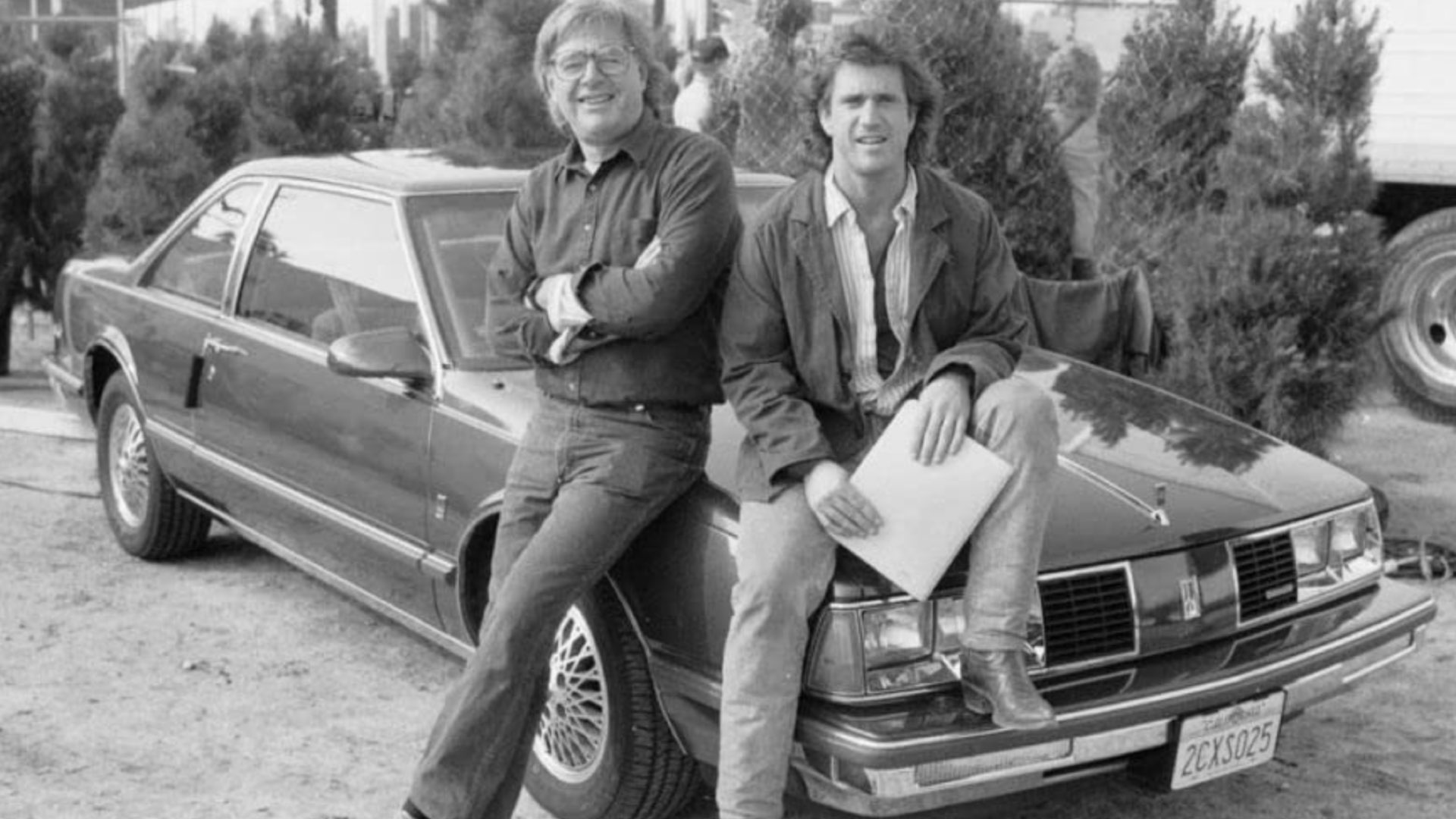
Cinematography by Stephen Goldblatt, ASC, BSC
Stephen Goldblatt (born 29 April 1945) is a South African-born British cinematographer noted for his work on numerous high-profile action films, including the first two entries in the Lethal Weapon series.
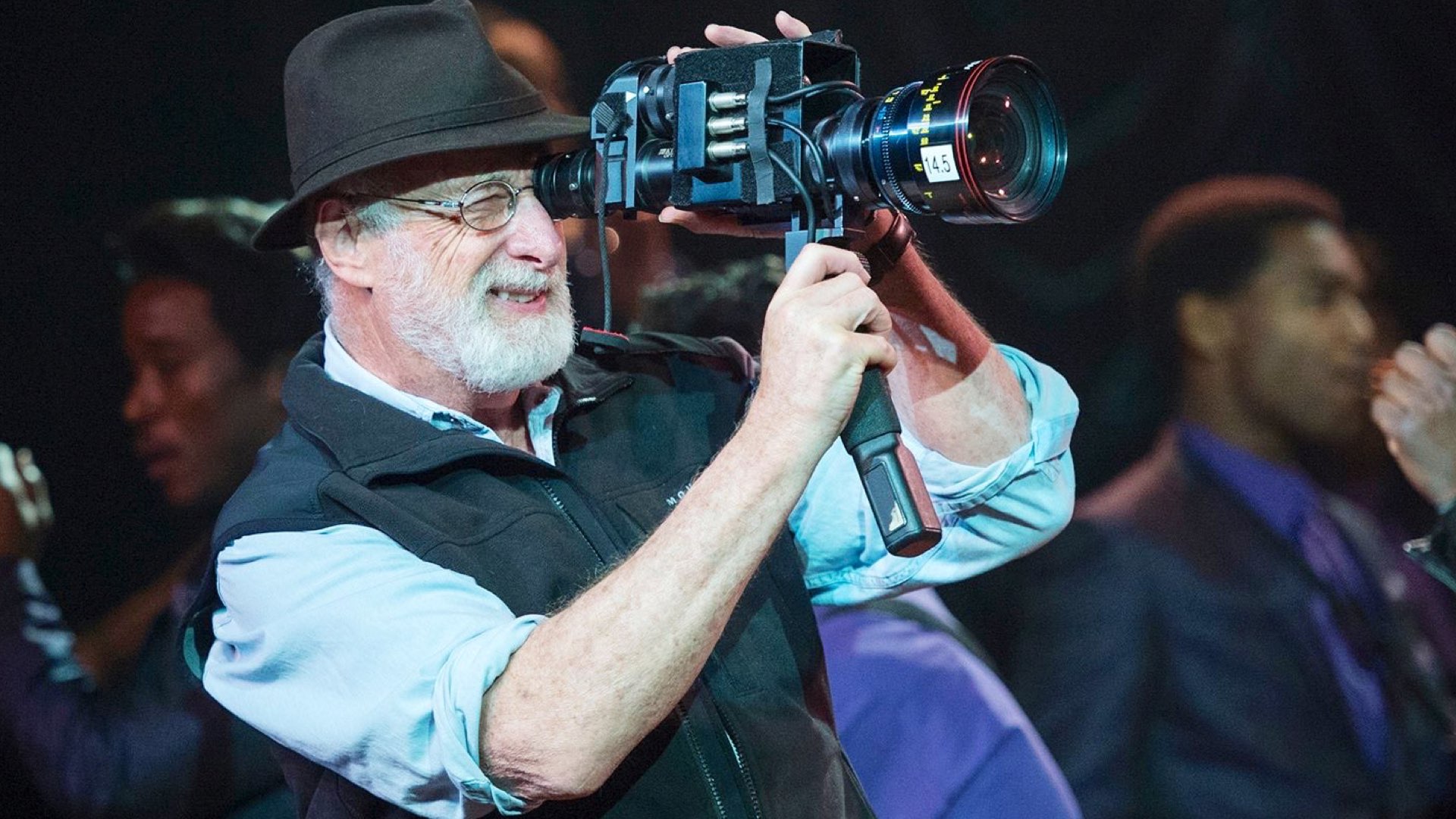
Luckily, the ASC Magazine reminds us how Goldblatt has crafted the cinematography of Lethal Weapon. The ASC article originally appeared in AC, April 1987.
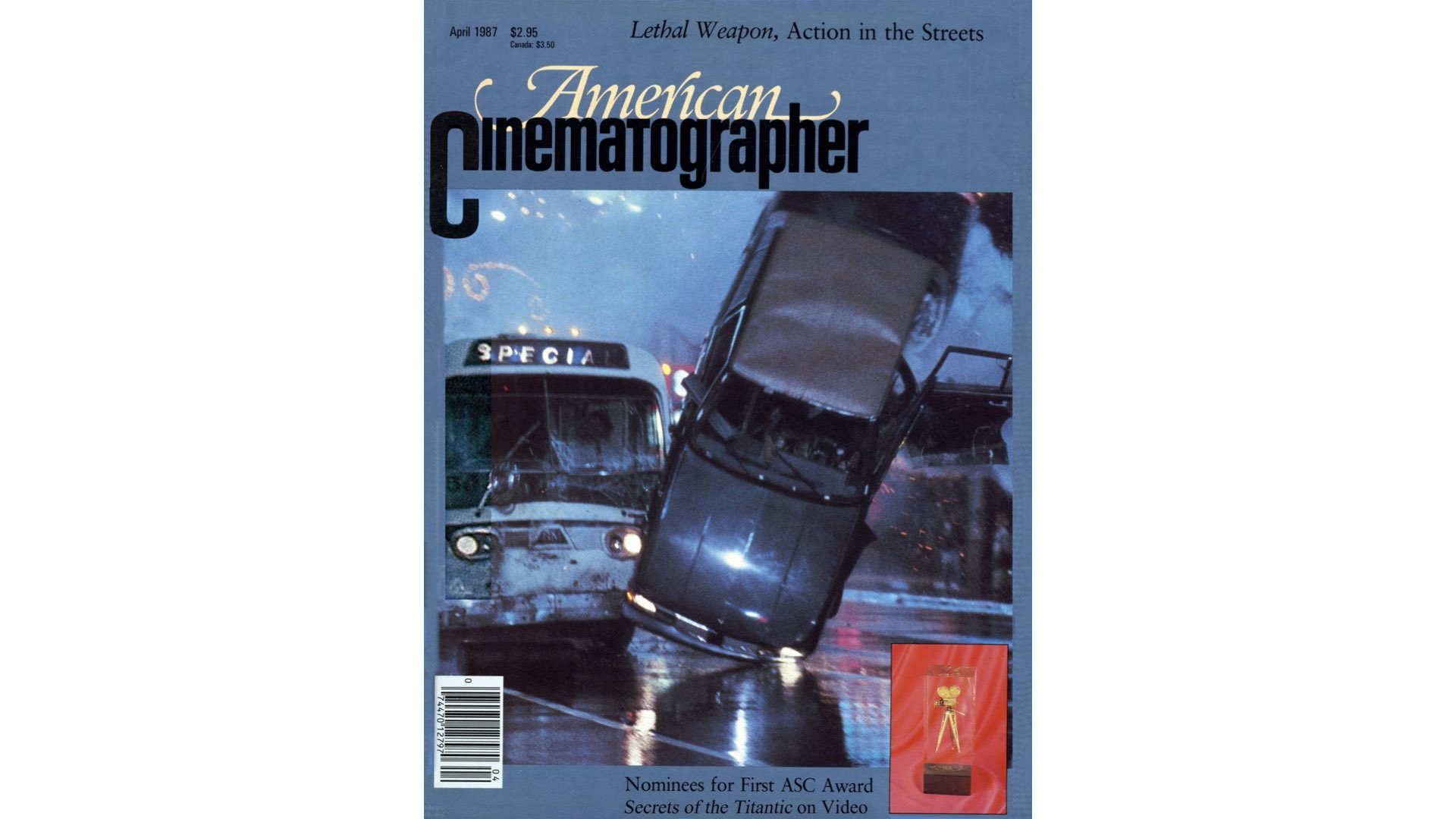
I personally watched the film more than 20 years ago, and I watched it again two weeks ago. I have to admit that now it looks even more impressive, and I appreciated every scene even more. The film was shot on Panavision Panaflex Gold, paired with Panavision Legacy Primes. It’s very fascinating to explore that major of the action sequences were shot in the night. However, Goldblatt had its method to use light and water to amplify the action.
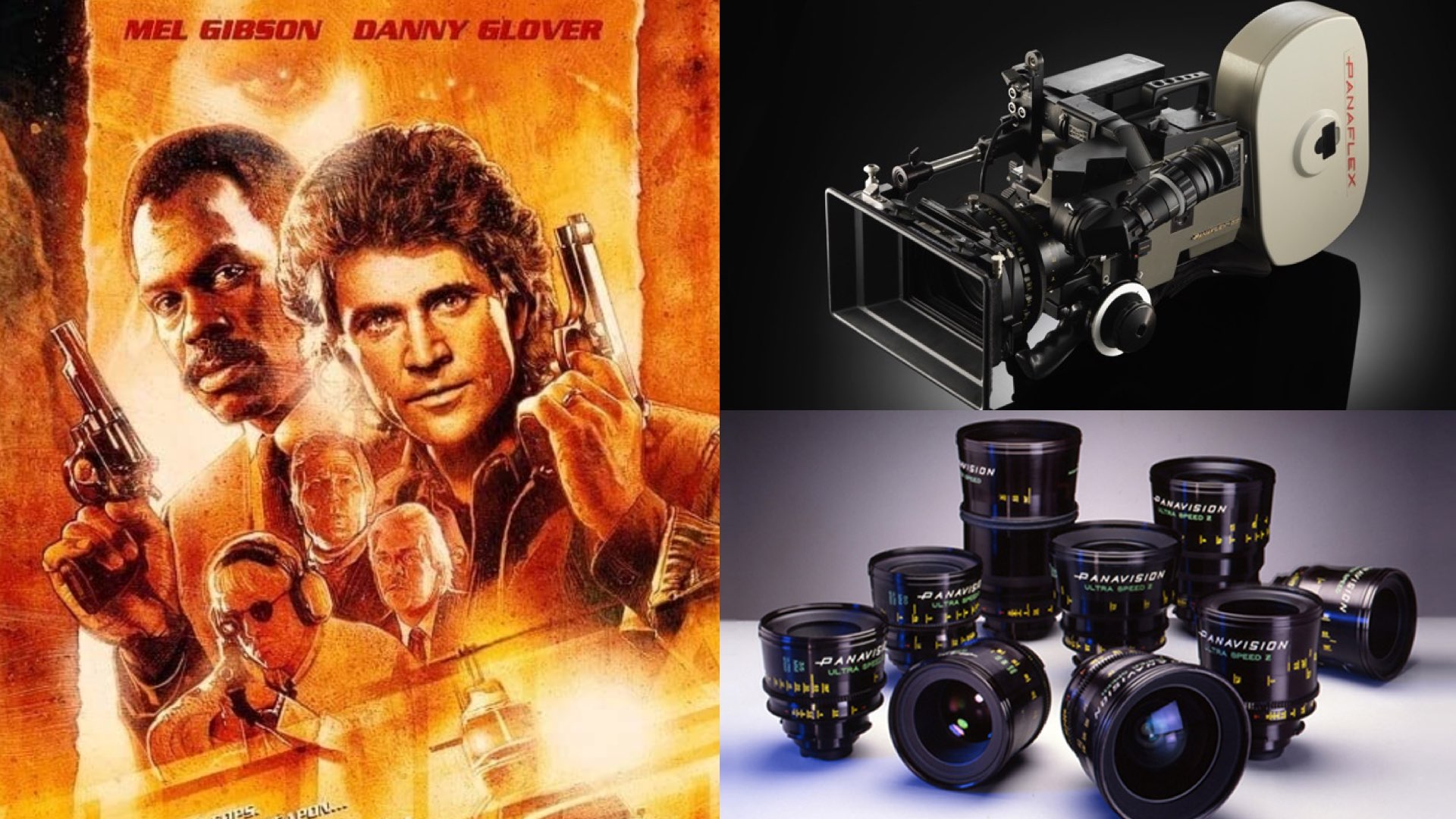
Light+ water = Enhanced action
“I love to use water for the streets – it helps everything. It helps your exposure, it helps everything stand out. You really need a deep negative to get a meaty look. I had done tests of the street and we shot at T2.8. If we had shot at T2.3, we would’ve read the shadows — they would’ve been too light and it would’ve been awful”, said Goldblatt to American Cinematographer back in 1987. For instance, there’s a very uniquely captured fight between Mel Gibson and Gary Busey that shows a hand-to-hand martial- arts fight to the death. “The filming was spread over four nights, shooting from dusk to dawn, resulting in an edited sequence that lasted only minutes on screen. Night after night, Gibson and Busey, in clothing drenched by water exploding from a burst fire hydrant and blown by Ritters (standing in for a police helicopter) performed the meticulously planned fight sequence in its entirety and also broken down into short cuts” stated Goldblatt.
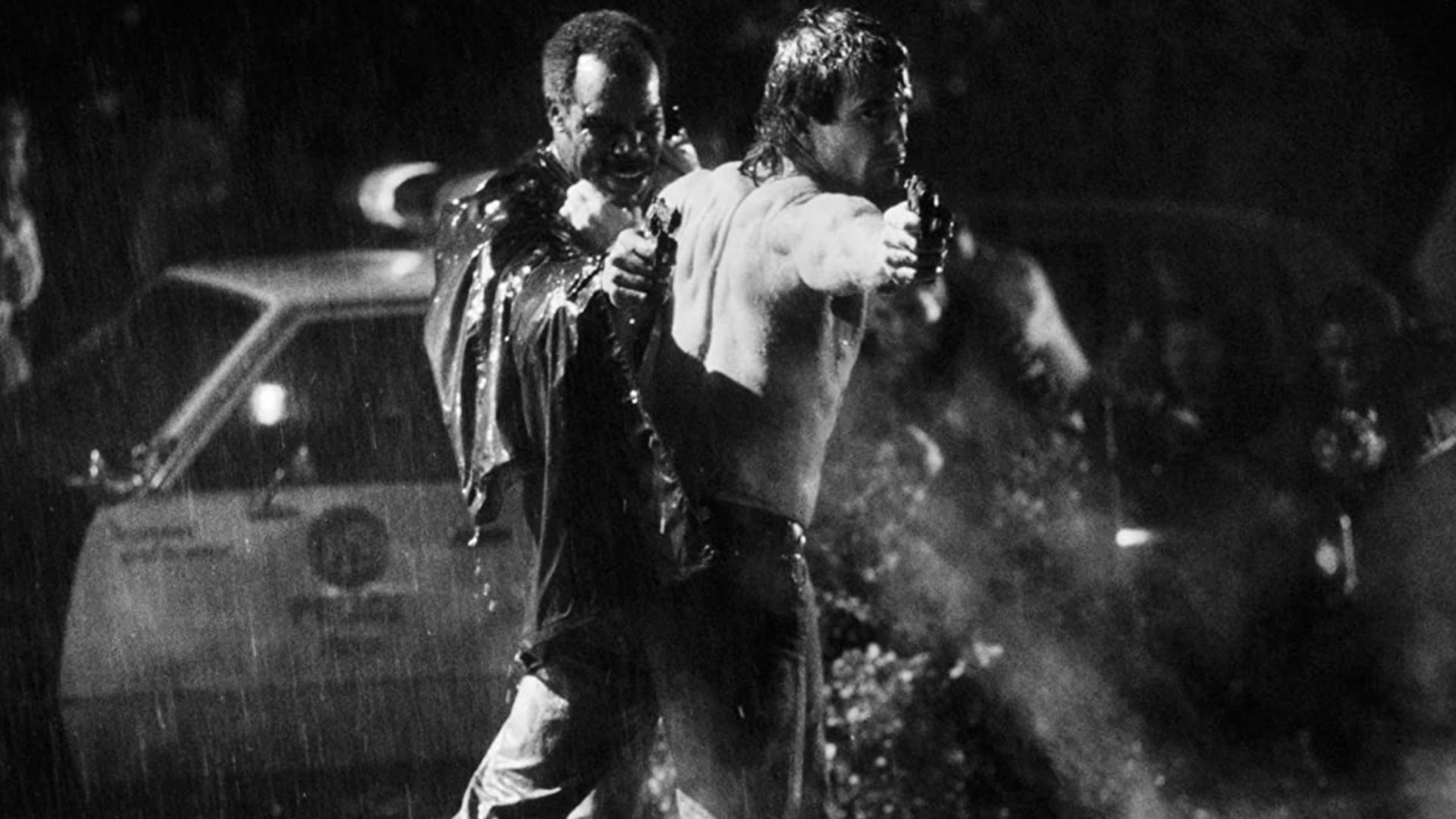
“You simply cannot get a fight with any power in a few takes,” he underlined. Indeed, the martial-art fight is recognized as a cinematographic groundbreaker. The camera is closed to the action combined with shortcuts with hard light and water. Furthermore, it’s pretty intriguing to reveal that this fight was filmed for 4 nights in a row. It’s not something a director would easily implement on today’s standards. Moreover, let’s not forget that back then they shot on film, which elevated the complexity.
Explore the fight scene in the clip below:
Fun facts: Between Lethal Weapon to Die Hard
Here’re some fun facts about Lethal Weapon (source: IMDB’s Trivia):
- Mel Gibson and Bruce Willis were considered for each other’s roles in Lethal Weapon (1987) and Die Hard (1988), and both movies were produced by Joel Silver, with music by Michael Kamen. Willis was offered the role of Martin Riggs but turned it down, and a year later he did Die Hard (1988).
- The prop Beretta 92F Mel Gibson uses in this film is the same prop gun that would be used by Bruce Willis in Die Hard (1988). The gun has since been retired.
- The script for Die Hard with a Vengeance (1995) was briefly considered to be filmed as a Lethal Weapon sequel.
- Mel Gibson was only thirty when the movie was filmed, although his character Riggs was supposed to be thirty-eight.
- Danny Glover’s character (Sergeant Roger Murtaugh) is fifty years old in the movie, but Glover was only forty years old in 1986.
- Despite popular misconceptions, Roger Murtaugh (Danny Glover) never actually says “I’m getting too old for this shit” in this movie. He simply says “I’m too old for this shit.” He does, however, say he’s “getting too old for this shit” in the sequels.
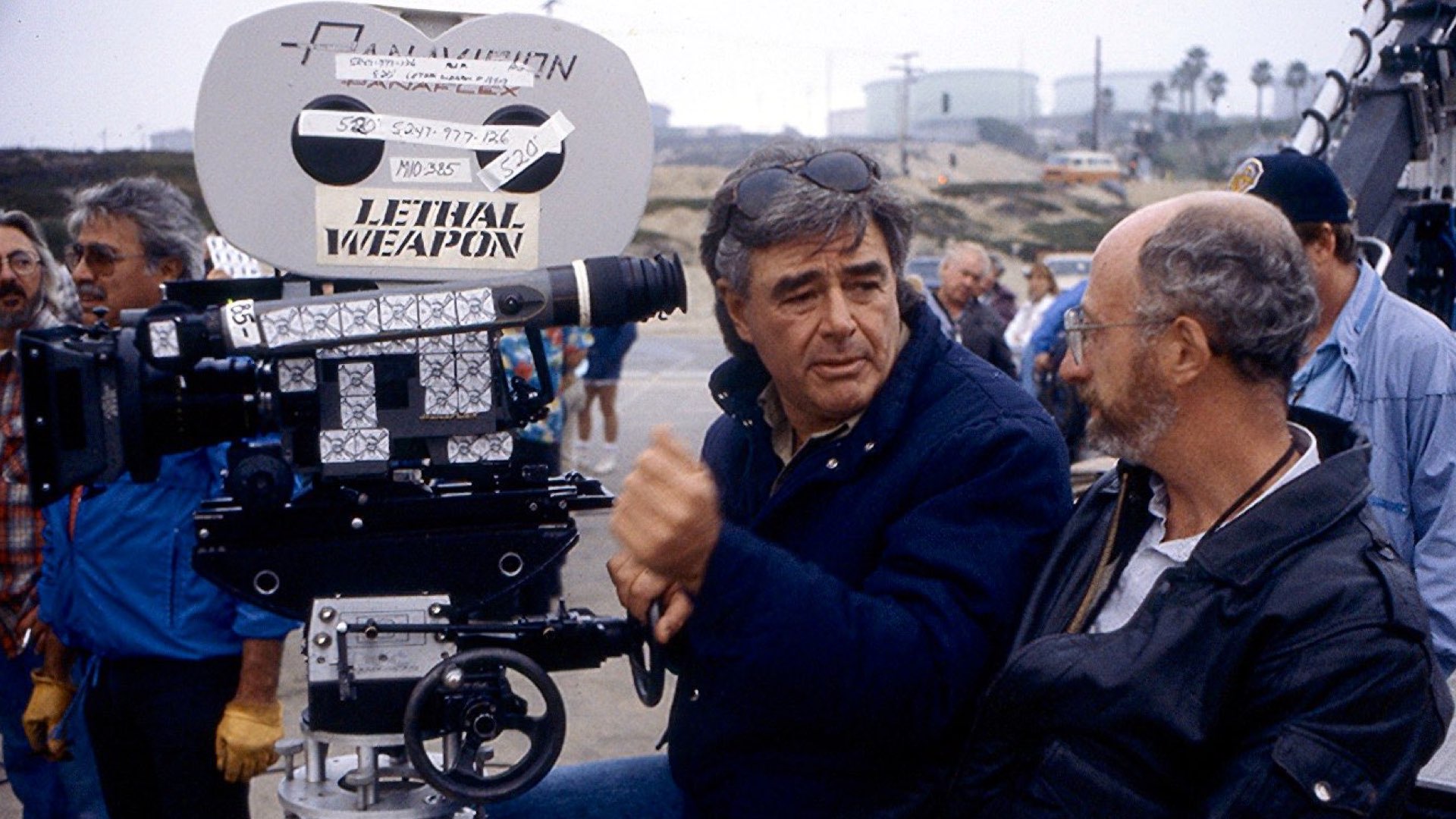
Wrapping up
Lethal Weapon can be considered a major milestone in action cinematography. The hand-to-hand martial- arts fight between Mel Gibson and Gary Busey constitutes a reference to a new cinematography approach when there’s a need to emphasize the intensity of the action. By using hard lighting, water, short takes, and closeups, combined with precise editing which is based on a high amount of footage, Donner and Goldblatt have achieved an unforgettable action sequence. That’s why this action thriller makes you appreciate the cinematography of the 1980s and 1990s. There’s nothing to be compared to the modern digital era. And there’s nothing like old school cinema. But this is my sole opinion 🙂

